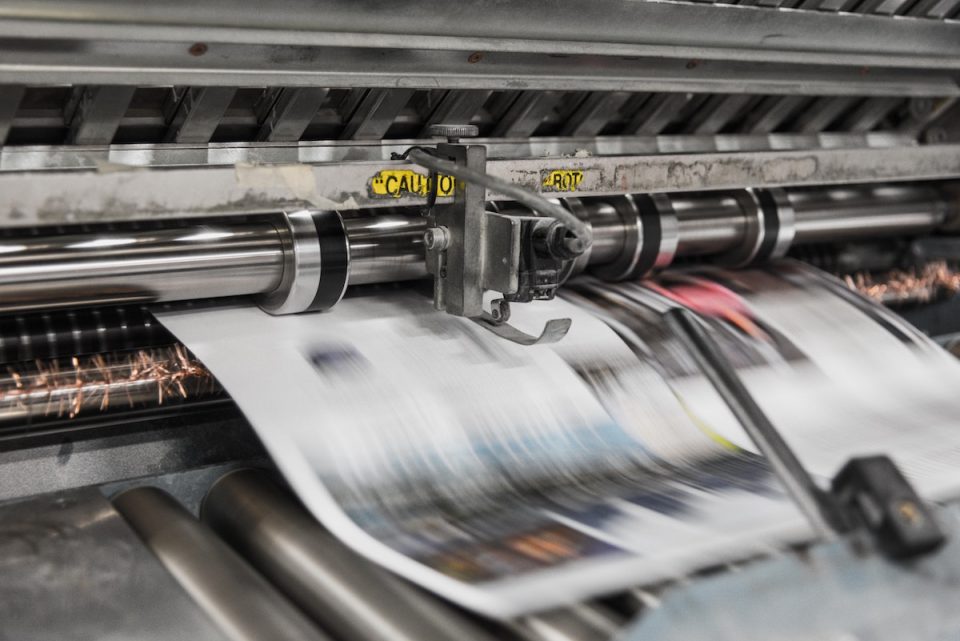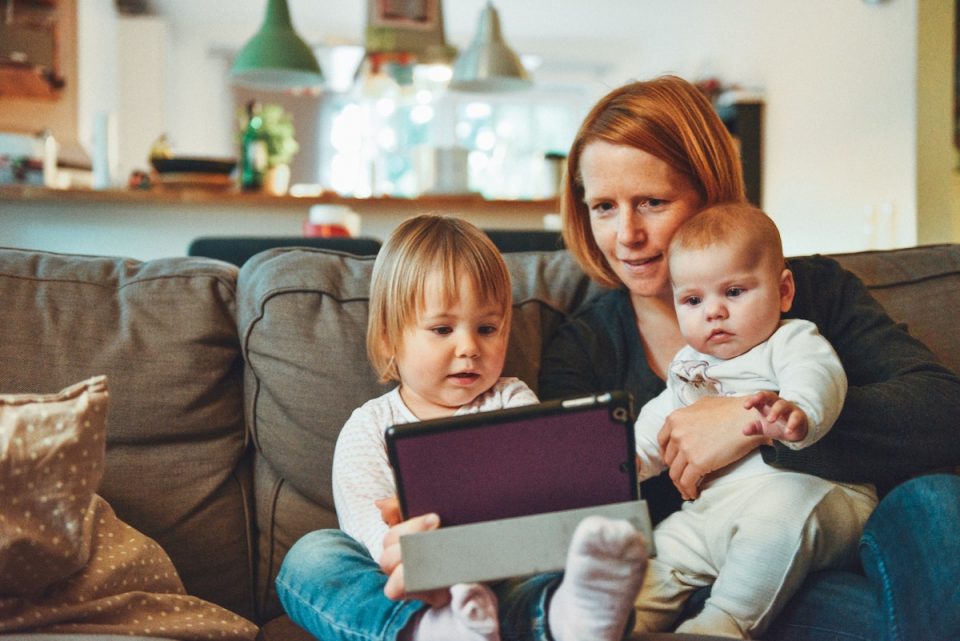The Future of Work – What’s Next?

Creative Ways to Stay Connected through Paper
June 16, 2020
When Engineering and Origami get together
June 23, 2020
COVID-19 has already so many aspects of our lives and work. How much of this change is irrevocable? And what does it mean for the future of work?
Digitalization and disruptive companies were already driving massive change to our world of work even before the coronavirus pandemic struck.
Experts were predicting that by the time the children in school today graduate, 65% of them would be going into jobs that don’t exist today.
Change has been wrought by the coronavirus pandemic
But by March 2020, a third of the world’s population was in lockdown. Companies that hadn’t thought seriously about it before suddenly needed to put the systems and infrastructure in place to enable their staff to work from home.
Shopping habits were changing; unable to go out for anything but the most basic of provisions, supply chains faced major disruption. Travel and tourism were amongst the most severely disrupted sectors, with flights grounded even while tourists scrabbled to return home.
Now, as the lockdown slowly eases in many parts of the world, it is yet to be seen how people, societies, and economies will bounce back.
What does this mean for the future of work?
#1. Different employment prospects
John Scott, Head of Sustainability Risk at Zurich Insurance Group, says, “As countries emerge from the immediate health crisis and re-start their economies, changed working practices, attitudes towards traveling, commuting and consumption will change employment prospects.”
He warns that consumer behaviours are already changing – not least in travel, tourism and education.
#2. Greater flexibility for working from home
Ross Chainey, Digital Media Specialist at the World Economic Forum, suggests that companies should now reflect on what they have learned from enforced experiments around home working.
He references Adam Grant, Professor of Management and Psychology at the University of Pennsylvania’s Wharton School, who makes the case that “leaders could take the opportunity to give their employees more control… and continue to experiment with different ways of working after the crisis is over.”
#3. A new outlook on life
Grant acknowledges that some people will suffer from post-traumatic stress as a result of the crisis. However, he also suggests there may be some “post-traumatic growth in which people realize their inner strength and a deeper sense of gratitude.”
#4. A renewed sense of purpose
Similarly, the authors of Deloitte’s Returning to Work in the Future of Work report highlight how “COVID-19 reminded us that people are motivated at the highest levels when they can connect their work contributions to a greater purpose and mission.”
They argue for the need to chart a new path forward based on what New York Times columnist Thomas Friedman calls “dynamic stability”.
#5. Towards a better, greener world
While many people are yearning for things to return to normal, others are hailing this as an opportunity to reshape the world of work, our economies and our societies to create a better “normal”.
The effects of lockdown have demonstrated what it is like to live in a lower-carbon economy. In China, emissions fell by 25%, according to a World Economic Forum report. Smog in India dropped to a 20-year low.
Some world leaders have suggested this has created a window for change. Jennifer Morgan, Executive Director of Greenpeace International, argues that any recovery should be based around dealing with climate change. She suggests we could create thousands of green jobs and recast the global economy.
Some cities are already making the transition. The northern Italian city of Milan was one of the worst affected by coronavirus. It also sits within one of Europe’s most polluted regions. During its lockdown, traffic congestion and air pollution fell sharply – inspiring the city’s legislature to introduce one of Europe’s most ambitious schemes reallocating street space from cars to cycling and walking. Thirty-five kilometers of streets will be transformed over the summer in response to the coronavirus crisis.
Schemes like this offer a tantalizing glimpse of the possible. However, much greater sustained and coordinated action will also need to be made at the supranational level if we are to create meaningful change and emerge from the crisis into a better world than from which we entered it.




